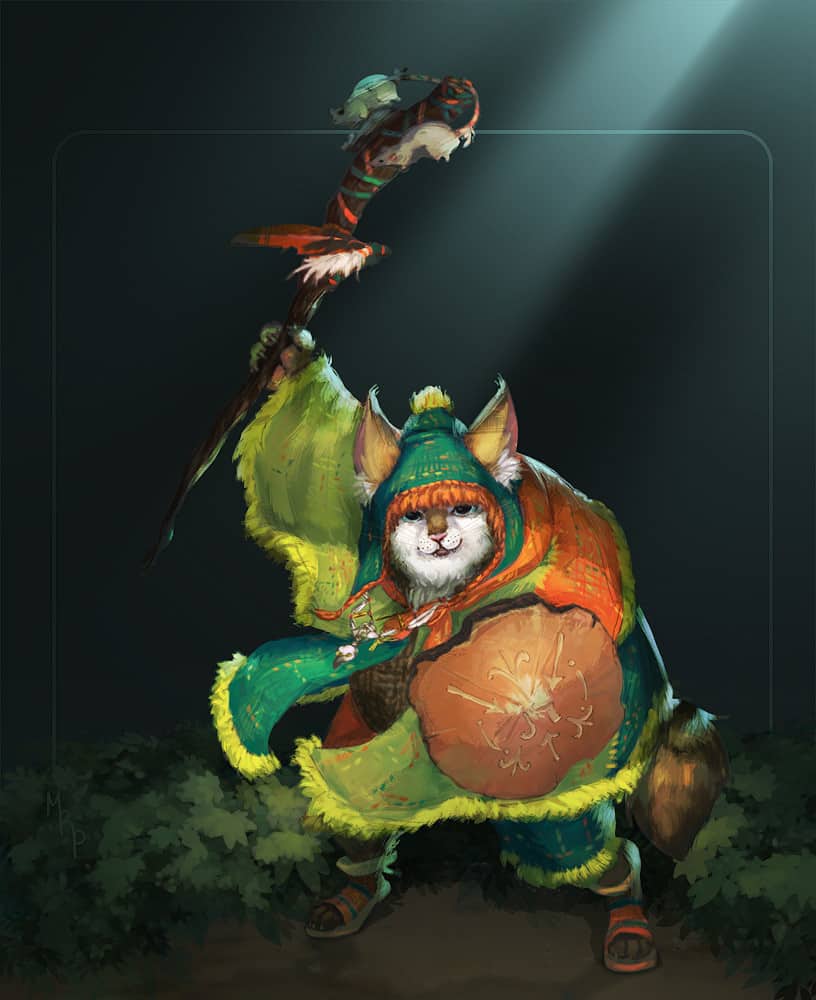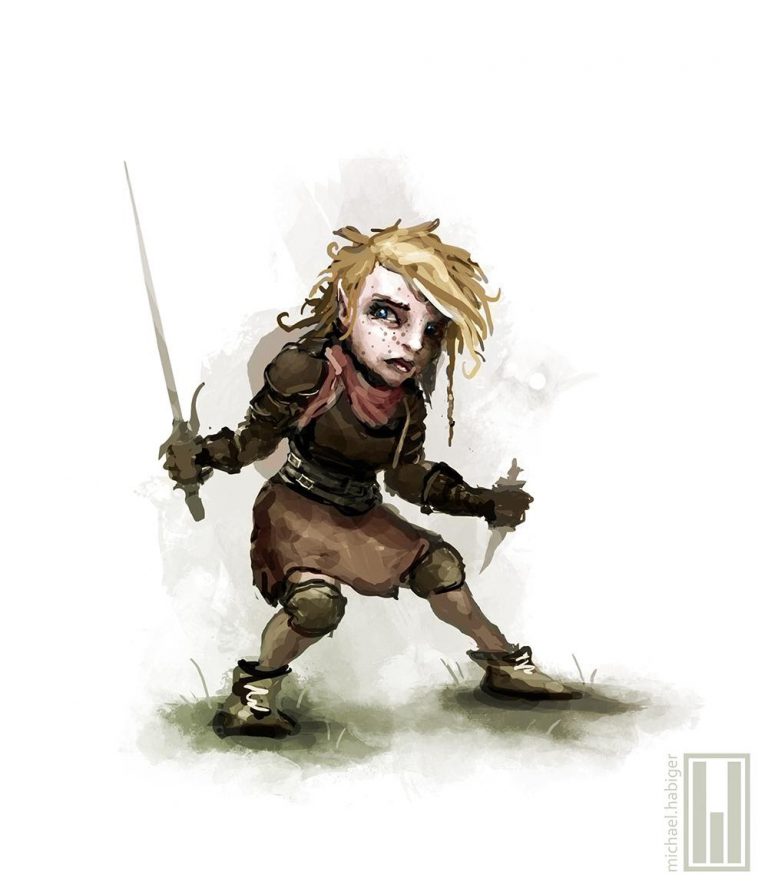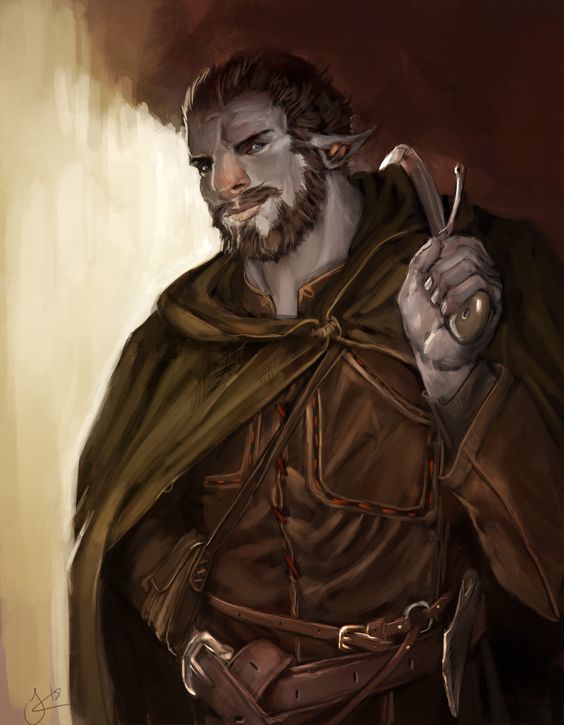D&D 5e: Tabaxi Druid Guide

D&D 5e: Tabaxi Druid Guide
Tabaxi are natural explorers and storytellers at heart, yearning to learn more about the world around them while collecting tales as they travel. Included in their description is that they do not harbor the same capacity for greed that other races might, viewing gold as something like a travel ration, a useful tool on one’s journey but not especially significant. Stories, trinkets, items with sentimental value are the real treasures. This means that, while they wouldn’t shun these
The Tabaxi race can be found in Volo’s Guide to Monsters. Click here to pick up your own copy of Volo’s Guide to Monsters!
The Druid class can be found in the Player’s Handbook. Click here to pick up your own copy of The Player’s Handbook!
How to Make a Tabaxi Druid
Druids are one of D&D’s more versatile support classes. They’re only arguably a support in terms of the spells and abilities available to them, but the reality is that they can fill any role. As with a fighter, it is difficult to determine stat distribution without first knowing which role you want to fill.
Regardless of that role, however, charisma and dexterity, our tabaxi stats, are not especially useful to druids, so we shall build towards a way that may make use of them by choosing the Circle of Stars as our druid subclass, a more offensive option with some support capability.
Wisdom will be our highest score, powering class features and spells. Dexterity will be our 2nd best, helping with armor class and initiative. Constitution will be third, with intelligence, charisma, and strength afterward in that order. I would recommend taking the Weapon Master feat at level 4 to grant bonus dexterity and extra weapon proficiencies, choosing bows and crossbows.
How to Play a Tabaxi Druid
Druids are traditionally full casters, with a generous amount of spell slots and cantrips, but with fewer damage-dealing abilities in that selection and more control skills, and the utility of wild shape transformations. Ours will be different. The Circle of Stars will enable us to use Starry Form instead of transforming with Wild Shape, and granting ourselves a 10-minute buff. This buff can grant either healing, support, or damage.
The damage option is called Archer and will allow us to fire a 60ft range radiant damage bolt as a bonus action every turn which deals 1d8 + wisdom of damage. This allows us to deal great damage while keeping our action free for one of our fantastic spells, a cantrip, or after level 4, powerful shots from our ranged weapon.
If enemies close the distance, we have our Feline Agility to aid in moving away, our Cat’s Claws for those that get too close (although Shillelagh is better in this case), and spells that can trap enemies in their place as we make our getaway.
With a build such as this one, you can still fill many of the roles the party might need at any given time, which is a very freeing experience for you as a player.
How to Roleplay as a Tabaxi Druid
Druids tend to have a special relationship with nature, but that doesn’t mean their powers came from nowhere. More than likely, you learned what you know either from a group that was invested in the environment, or you were trained by another druid. Perhaps you were part of some event wherein your abilities were bestowed to you, or you were given them as a result of the death in the previous line of druids.
Try to invent a background relating to your class that has world investment, and speak to your DM about the best way to make this happen in such a way that it won’t force you to play differently, but still gives you connections. If you’ve been a druid since your time in your homeland, invent at least one cultural ritual you did that you can tell your party about.









